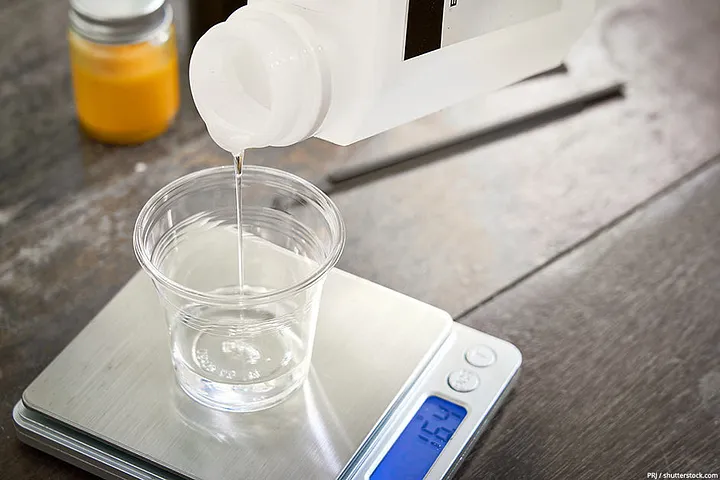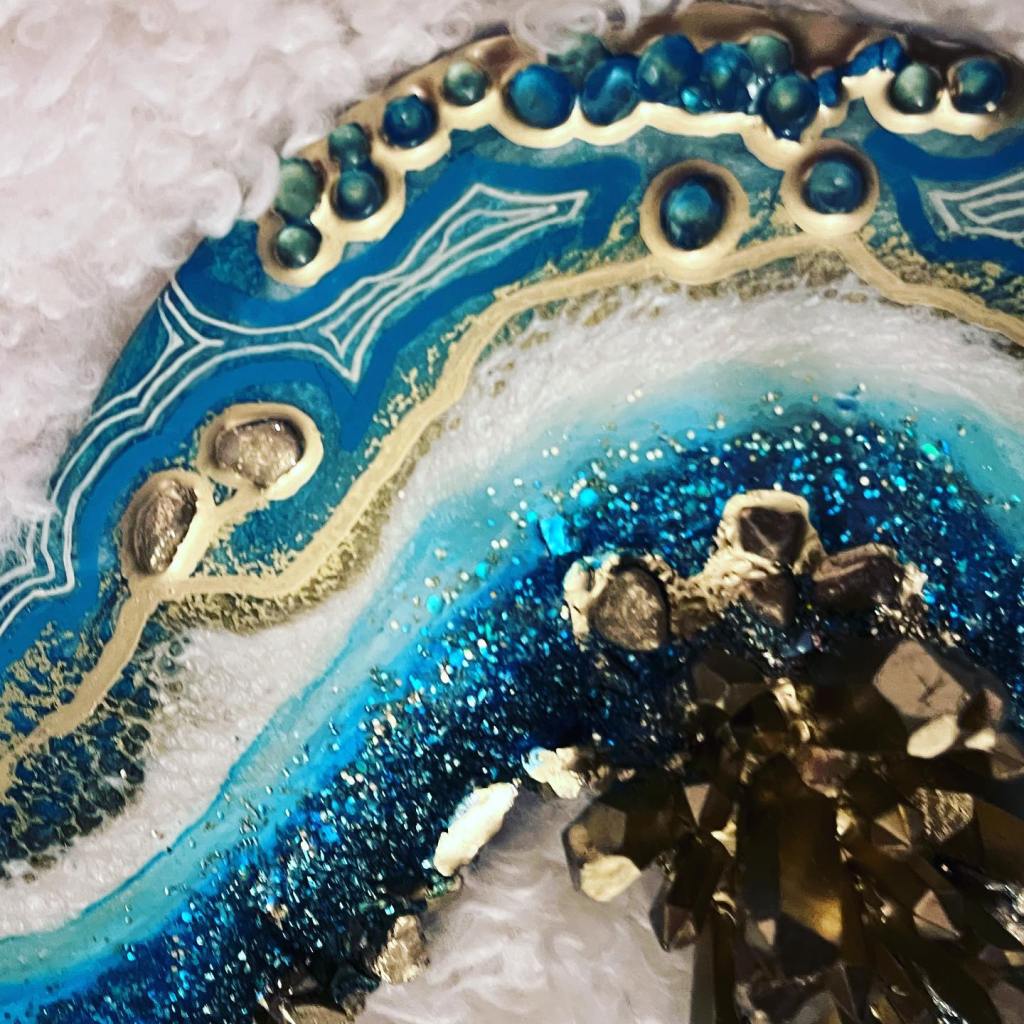If you’re uncertain about what to search for, choosing the most appropriate resin for your imaginative project can be a daunting task. However, don’t fret; this article will explore the vital characteristics of resin required for every kind of project, making it simple for you to choose the ideal one based on your requirements.
Additionally, we’ll also cover the most prevalent concerns that resin artists confront, allowing you to avoid discouraging setbacks and fully relish the creative process with this captivating medium.
What are the different types of Resin?
In this blog, we will concentrate on epoxy resin, which is the most widely used synthetic resin in arts and crafts projects and woodworking. However, as demonstrated below, there are various types of resin accessible, and each type is suitable for specific applications:

1. Epoxy Resin (surface coatings, resin art & crafts, woodworking, resin jewelry, adhesives, flooring)
2. Polyurethane Resin (insulation, elastomers, sealants, and foam liners for clothing)
3. Polyester Resin (construction, laminate, auto-repair of fillers, skis, fishing rods, plane and ship components)
4. UV Resin (resin jewellery, polymer clay jewellery, nail art, crafts)
Typically, resins are available in two-component kits, which include the base resin (Part A) and the hardener or catalyst (Part B). When these components are mixed, they react chemically, causing the resin to solidify. However, UV resin is an exception as it is a single-component resin that necessitates exposure to UV light to initiate the chemical reaction required for hardening.
What epoxy resin to use for Resin Art Projects?
Resin art is a form of artistic expression that involves various techniques to produce decorative objects and artworks utilising epoxy resin.

The range of possibilities includes geode-inspired paintings created by pouring resin tinted with pigments onto a canvas, stunning seascapes, an array of resin jewelry, and even exquisite coasters.
In the majority of these applications, the resin is used in thin layers and blended with pigment powders or glitters, making it essential to avoid using excessively liquid resin. This is because:
1. The individual colours would quickly merge, resulting in unattractive muddled colour tones.
2. The resin wouldn’t stay in place, considerably changing the original design and intended result.
3. The constant waste of resin, time, and energy on top of the undesirable results would discourage you from experimenting more, enjoying the creative process, and getting better at it.
Air Bubbles in Resin
By now, you must have recognized that the thickness of the layers and the viscosity of the resin are crucial elements in selecting the appropriate resin for your project to achieve success. The following step is to become skilled in the process of eliminating air bubbles from your resin project, whether it involves casting projects or resin art pours, as they can spoil the final outcome.
Get Air Bubbles out of Resin
It may appear paradoxical, but the thicker the casting, the lower viscosity (more liquid) the resin should be. Using low-viscosity resin has several advantages, including a slower temperature rise when poured thicker and easier removal of air bubbles.
With the layer remaining liquid for an extended period, you can remove bubbles by carefully passing a butane torch or hot air dryer across the surface. By heating the trapped air in the resin, it will rise to the surface and exit, resulting in a uniform and solid consistency of your resin.
High-viscosity epoxy resins are ideal for thin layers or casting shallow objects like resin coasters that are roughly 1cm or half an inch high. Since air bubbles do not need to travel a great distance to the surface, they can be easily eliminated by applying heat with a torch or heat gun across the project’s surface.
To Sum Up
We hope you had a great time going through our write up and it has helped you to understand more about the resin.

Leave a comment